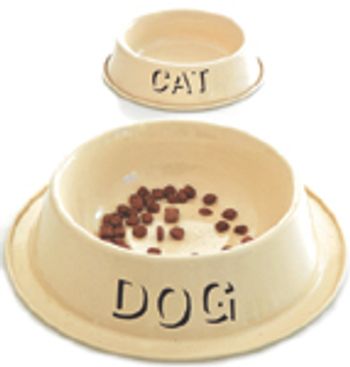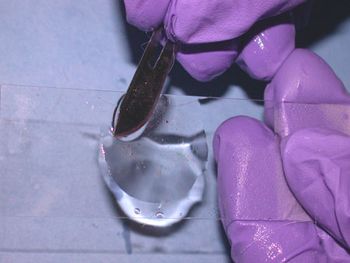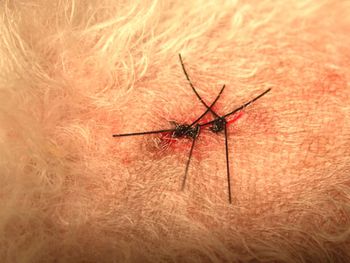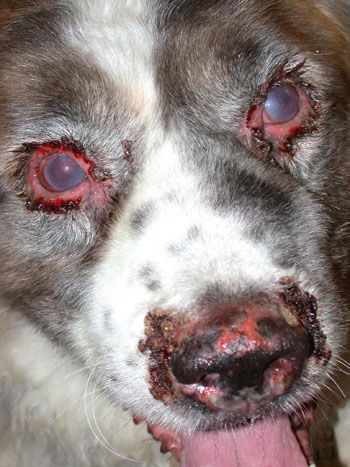
A look at the most common dermatologic signs and consequences.

A look at the most common dermatologic signs and consequences.

This drug is labeled, and thus recommended, to treat secondary superficial pyoderma, abscesses, and wounds caused by susceptible strains of Staphylococcus intermedius or Staphylococcus canis in canine patients.

Dr. Ian Spiegel answers this concern about managing allergic pets.

Can you determine the best treatment for this dog?

Veterinary dermatologist Dr. Patrick Hensel presents some of the newer drugs at your disposal.

Skin cytology can help identify bacterial or Malassezia infection, as well as characterize inflammatory infiltrate.

Quick. Easy. Inexpensive. Review the techniques described here to maximize your diagnostic yield when using these two common dermatologic tools.

This technique is commonly used to identify mites such as Sarcoptes, Demodex, and Cheyletiella.

Easy instructions on obtaining and processing useful samples.

Can you pinpoint the cause of this dog's lesions and blindness?

A grab-bag of interesting skin diseases in cats from the CVC.

The diagnosis of ANY skin disease is based on detailed history taking, clinical findings (identification of primary lesions, distribution of lesions), laboratory testing and therapeutic trials. For autoimmune skin diseases (AISD) the most beneficial laboratory procedure is histopathologic evaluation.

It is important to understand that ear disease is only a symptom (no more specific than pruritus). As Dr Flemming Kristensen stated A patient showing ear problems is a dermatology case until proven otherwise. It is appropriate therefore to approach the diagnosis of ear disease just as you would for any other skin disease.

Bacterial pyoderma is more common in the dog than any other mammalian species. Currently Staphylococcus virulence factors such as protein A, leukocidin, hemolysins, epidermolytic toxin have not been shown to be to play a role in canine pyoderma as opposed to humans with Staphylococcus aureus infections.

Malassezia is a genus of lipophilic yeast found as a commensal of the skin and mucosal surfaces that may cause skin disease in a variety of mammalian species.

As all veterinarians know, the big three causes of follicle infections are demodicosis, dermatophytosis and bacterial pyoderma. It may be surprising to learn that I probably receive more telephone requests for advice for the up to date treatment options regarding demodicosis and dermatophytosis than any other topic.

Atopy or Atopic dermatitis continues to be one of the most common dermatological disorders afflicting both dogs and cats.

Allergen specific immunotherapy (desensitization or allergy shots) has been one of the mainstays of care in specialized dermatology practice for years.

When a clinician is presented with a pruritic patient, it is correct to initially consider, and rule out, the more common hypersensitivity disorders.

Pododermatitis is can be one of the more challenging manifestations of skin disease, both in terms of establishing a definitive diagnosis and providing effective care.

There are a limited number of tests a veterinary practitioner will be required to perform when presented with a patient with skin disease. For some of these tests, subtle and simple techniques can influence the accuracy of the results.

While some people claim that all skin diseases look alike, the fact is to the trained eye, even subtle difference in skin changes can offer clues to the underlying disease process. One of the first steps in appreciating and understanding the differences of skin lesions is to learn what primary and secondary skin lesions actually are, and what they represent.

Food hypersensitivity, food intolerance and other adverse reactions to food (ARF) could be the subject of a carrier of study. Food hypersensitivity in the dog and cat can cause a myriad of effects on several different systems of the body, with the integument and digestive system being most commonly affected.

Observed reaction does not resemble pharmacologic action.

Previous recommendation of a 3 week elimination diet trial was empirical.